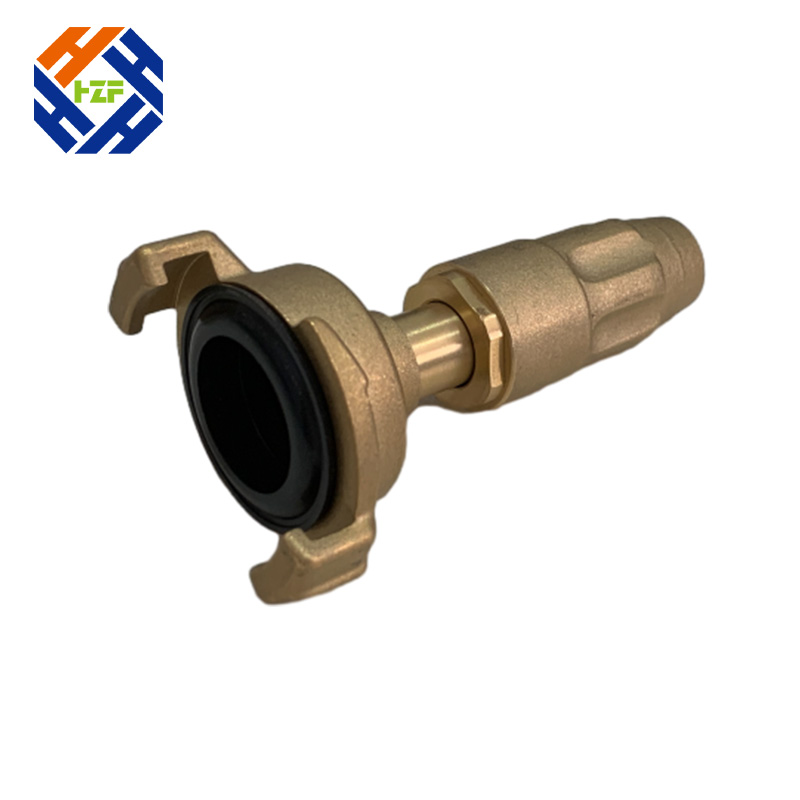
First understand its process characteristics and common classification.
| Feature | Description |
|---|---|
| Specialized Equipment | Forging production lines require substantial investment and long setup cycles. They utilize high-precision CNC equipment and specialized software to meet rigorous standards. |
| Complex Process | The multi-stage process includes blanking, heat treatment, and requires high technical integration. Skilled technicians precisely control parameters to ensure consistent quality. |
| Excellent Performance | This method offers high production efficiency and superior comprehensive properties in forgings. It significantly enhances mechanical strength and durability of components. |
| Wide Applications | Primarily used for manufacturing critical core components. Commonly applied in automotive and equipment manufacturing industries with high part requirements. |
| Customized Production | Products feature multiple specifications and custom designs. Production plans must be flexibly adjusted according to different product structures |

Based on the forging temperature, forging techniques can be categorized as hot forging, warm forging, and cold forging.
The recrystallization temperature of steel is approximately 727°C, but the industry generally uses 800°C as the dividing line. Forging above 800°C is considered hot forging; forging between 300 and 800°C is called warm or semi-hot forging, and forging at room temperature is called cold forging. Forgings in most industries are processed using hot forging. Warm and cold forging are primarily used for forging parts in automobiles and general machinery. These processes can effectively save material.
Based on the production tools used, forging techniques can be categorized as open die forging, die forging, ring rolling, and specialty forging.
Open die forging
Open die forging refers to a process in which a simple general-purpose tool, or the forging equipment's upper and lower anvils, is used to directly apply external forces to the blank, deforming it to achieve the desired geometry and internal quality.
Open die forging is always performed using hot forging. The basic processes of open die forging include upsetting, drawing, punching, cutting, bending, twisting, shifting, and forging. Open die forging is primarily used to produce small batches of forgings. Forging equipment such as hammers and hydraulic presses is used to form the blank into a qualified forging.
Die Forging
Die forging involves compressing and deforming a metal blank within a shaped die chamber to produce a forged part. Die forging is generally used to produce lightweight, large-batch parts. Die forging can be categorized as hot die forging, warm forging, and cold forging. Warm forging and cold forging represent the future development trends of die forging and represent the level of forging technology.
Ring Rolling
Ring rolling involves the production of ring-shaped parts of varying diameters using specialized equipment called ring rolling machines. It is also used to produce wheel-shaped parts such as automotive hubs and train wheels.
Specialty Forging
Specialty forging includes roll forging, cross wedge rolling, radial forging, and liquid die forging. These methods are particularly suitable for producing parts with certain special shapes. For example, roll forging can be used as an effective pre-forming process, significantly reducing subsequent forming pressure; cross wedge rolling can produce parts such as steel balls and drive shafts; and radial forging can produce large forgings such as gun barrels and stepped shafts.
Based on the motion of the forging die, forging can be categorized as pendulum rolling, pendulum rotary forging, roll forging, cross wedge rolling, ring rolling, and cross rolling.
In the field of mechanical manufacturing, turbine generator shafts, rotors, impellers, blades, retaining rings, large hydraulic press columns, high-pressure cylinders, rolling mill rollers, internal combustion engine crankshafts, connecting rods, gears, bearings, and even artillery pieces in the defense industry—critical parts subject to high forces and high requirements—are all produced using forging.
Forging is therefore widely used in industries such as metallurgy, mining, automobiles, tractors, harvesting machinery, petroleum, chemical engineering, aviation, aerospace, and weapons. Even in daily life, forging plays an important role. In a sense, indicators such as the annual output of forgings, the proportion of die forgings in the total output of forgings, and the size and ownership of forging equipment can reflect a country's industrial level to a certain extent.